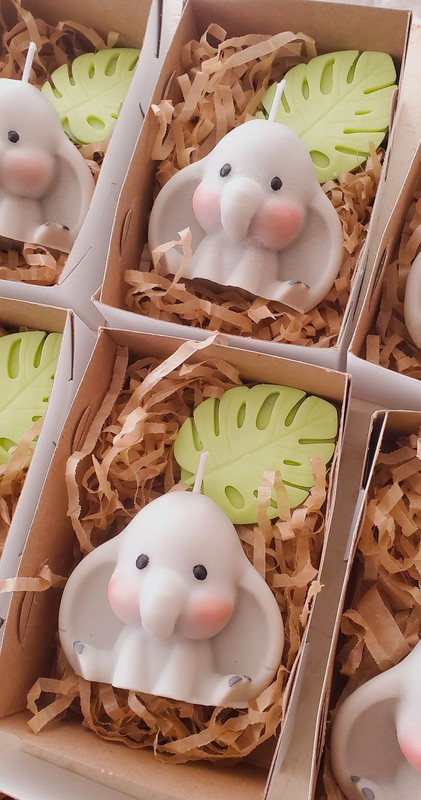Discover the Most Effective Way to Create Custom Molds

Silicone mold is a tool used to copy objects of various shapes and materials. It has the characteristics of softness, durability, non-deformation and non-adhesion. It is widely used in industry, art, handicraft and other fields. This article will explain how to make and use custom silicone molds, as well as the advantages and limitations of silicone molds.
How to Make a Custom Silicone Mold
The basic steps to making a custom silicone mold are as follows:

Prepare the mold box: The mold box is a container used to hold prototypes and silicone. It can be of any shape and material, such as plastic, wood, foam, etc. The mold box should be larger than the prototype, leaving some space for pouring the silicone. The inner wall of the mold box should be coated with a layer of release agent to prevent the silicone from sticking to it.




Demold: Take the silicone mold out of the mold box, then take the prototype out of the silicone mold. The demoulding process should be careful and gentle to avoid damaging the silicone mold or prototype. If the silicone mold or prototype is stuck together, you can gently cut it with a blade or other tool, or soak it in warm water or other solvents, and then slowly separate.
At this point, a custom silicone mold is completed, which can be used to make works from materials such as resin, wax, chocolate, soap, etc.
How to use a custom silicone mold



Wait for the replica material to solidify: Place the silicone mold in a stable, dry, ventilated place and wait for the replica material to solidify. The time it takes for the replica material to cure depends on the type of replica material, temperature, humidity and other factors, and is usually between a few minutes and a few hours. After the copy material is cured, you can press it gently with your fingers to feel whether it has hardness. If not, it means it has not been completely cured and you need to wait for a while.


Trimming: Use scissors or other tools to trim off the excess parts of the copied object, such as edges, holes, gaps, etc., to make it more tidy, beautiful, and convenient to use. If the copied object has blemishes or flaws, it can be sanded down with sandpaper or other tools, or painted with paint or other methods.
At this point, a replica object is completed, which can be used for display, decoration, gifting, sales, etc.
Advantages and limitations of silicone molds
As a replication tool, silicone molds have the following advantages and limitations:Advantage:


Silicone molds can be reused, saving costs and reducing environmental pollution.

According to the needs and preferences of users, various customized silicone molds are produced to meet personalized creativity and expression.
Limitations:
Silicone molds require certain skills and experience to produce high-quality silicone molds, otherwise problems such as bubbles, shrinkage, deformation, cracks, etc. may occur.


Silicone molds require certain attention and maintenance to extend the service life of the silicone mold. Otherwise, problems such as silicone aging, discoloration, hardening, and cracking may occur.























